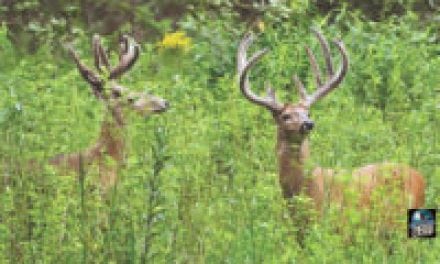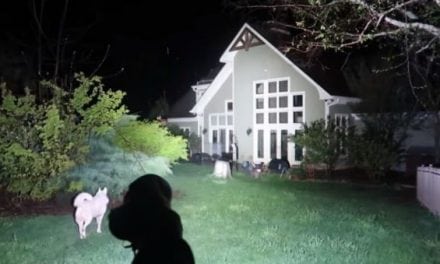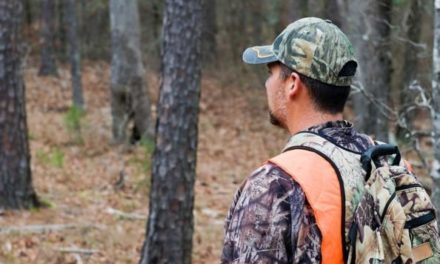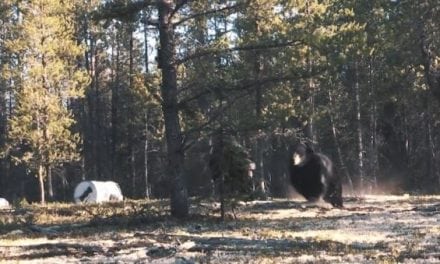Commission biologist Randy Stutheit’s experience evaluating duck wings over the years has helped formulate waterfowl regulations across central U.S.
Enlarge
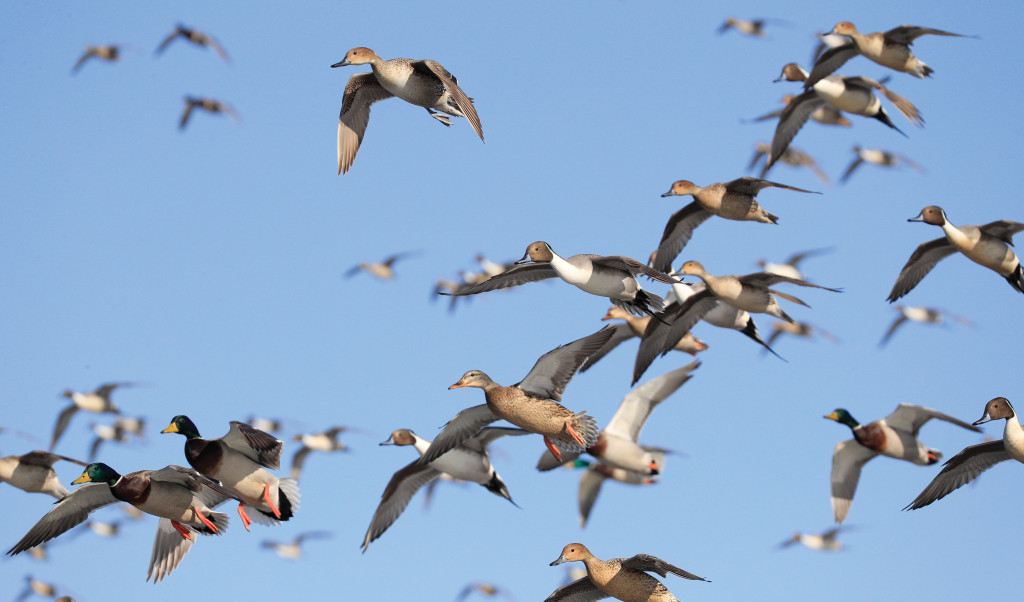
Story by Jerry Kane and Shawna Richter-Ryerson
Quickly studying a duck’s wing, Randy Stutheit plays a role in determining waterfowl regulations and seasons in states throughout the central portion of the country.
But he’s been doing it awhile — 35 years — and that experience means a lot in the Central Flyway, which stretches from Canada to Mexico.
Stutheit, a longtime wildlife biologist with the Nebraska Game and Parks Commission, is a “wing checker” on behalf of the U.S. Fish and Wildlife Service. It’s a small group. In the Central Flyway there are just six. There are another two biologists who check tail feathers from geese.
In the flyway’s waterfowl parts-collection survey, which includes a process called a “Wingbee,” as many as 40 or 50 people crowd into a large room to ID harvested waterfowl. They evaluate duck wings and goose tails in a scientific process of data collection.
Checkers use their expertise to verify the assessments of the less-experienced people working the Wingbee. Enough information is gathered to get a detailed picture of what the waterfowl harvest looked like in states of the flyway during the previous season.
“This is critical data we collect relating to the waterfowl harvest in the Central Flyway,” Stutheit said. “It helps formulate the waterfowl regulations for the next year based on the species composition of the harvest and age and sex structure of that duck harvest. It’s pretty meaningful data.”
The Wingbee typically takes place at the Flint Hills National Wildlife Refuge near Hartford, Kansas, each February. Thanks to COVID-19 and the necessity for social distancing and smaller group sizes, the Wingbee this year was parceled into several sites throughout the flyway, including Lincoln.
How it Started
“Bee” is an Old English term meaning, a prayer or a favor. By the late 18th century, it had become commonly referred to the joining of neighbors to work on a single activity to help a neighbor in need, such as a sewing bee or a quilting bee.
The Service applied that concept when the first Central Flyway Wingbee took place in 1964 in Fort Collins, Colorado. In 1987, the Wingbee moved to Santa Fe, New Mexico, then in 1992 to Hartford, Kansas, where it has stayed – until this year.
The Central Flyway includes Nebraska, Montana, Wyoming, Colorado, New Mexico, Texas, Oklahoma, Kansas, South Dakota, North Dakota and the Canadian provinces of Alberta, Saskatchewan and the Northwest Territories. The Wingbee, however, is for the U.S. harvest only. The Canadian Wildlife Service conducts its own monitoring. Wingbees also are held in the other flyways: Pacific, Mississippi and Atlantic.
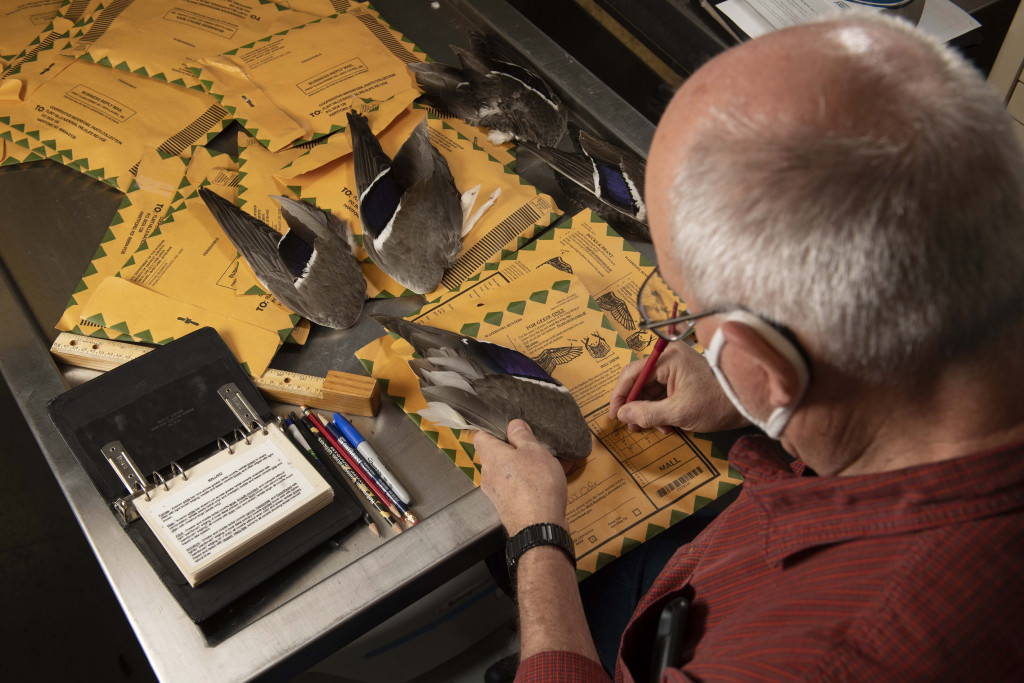
How it Works
The Service asks a sample of waterfowl hunters, through the Harvest Information Program, each season to voluntarily mail to it a wing from a harvested duck or tail feathers of a harvested goose in postage paid envelopes. The Service determines the species of each wing or tail that is sent to the Flint Hills National Wildlife Refuge, then packages them individually in bar-coded envelopes.
Until this year, the envelopes would be collected, sorted and stored at the Flint Hills NWR for the Wingbee. This year, after they were sorted and species of the waterfowl determined at the refuge, they were shipped to several sites throughout the flyway, including Lincoln’s “mini-Wingbee.”
When individuals evaluate duck wings, they first determine the sex of the bird, then determine if it was an adult or juvenile. They do this by assessing the shape, color, condition and markings of a duck wing’s feathers. The envelope then is marked with that wing’s sex and age. The empty envelopes get mailed back to the Service, where a person will scan the barcode to record age and sex.
For geese, species and age are determined; sex of geese can’t be determined from the tail feathers. For goose tail feathers, color, length and shape are evaluated. All goose tail feathers were shipped to checkers in Texas for evaluation this year.
Lincoln’s mini-Wingbee
Over several days in late January and early February of this year, Stutheit led Lincoln’s mini-Wingbee. He was joined by a group of wildlife biologists, wildlife technicians, professors and university students. They evaluated 1,685 duck wings of mallards, northern pintails, American wigeon, blue-winged teal and green-winged teal from across the flyway.
As a wing checker, Stutheit kept a watchful eye over everyone else’s work. The data they collected will be used to help formulate waterfowl regulations for 2022.
“It’s pretty cool that they just didn’t cancel the Wingbee this year because of COVID-19, but that they did choose to go ahead and ship wings and tail feathers out to various experts across the Central Flyway to work on them in our home states,” Stutheit said.
While some of the work was done at Game and Parks, other sessions were hosted at the University of Nebraska-Lincoln. Students in the Waterfowl Ecology and Management class of Dr. Mark Vrtiska, Professor of Practice, at the School of Natural Resources, got to participate.
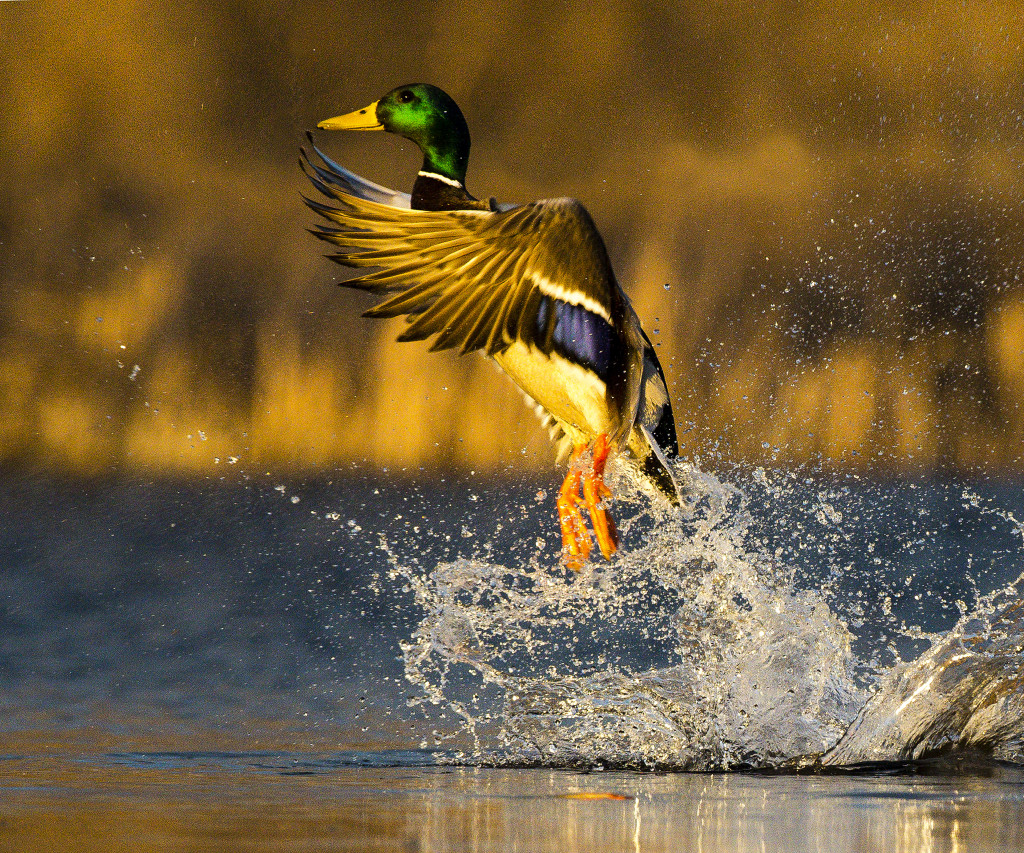
“I think it’s a pretty special opportunity for college students that are majoring in this field to take part in a survey like this,” Stutheit said. “You just don’t get that opportunity otherwise.”
The students get hands-on experience and much-needed practice identifying ducks.
“What they gain from it is that practice of doing it and knowing how to age and sex duck wings and recognizing you can do it,” Vrtiska said. “But part of my waterfowl class has a waterfowl ID component that we’ll have a quiz on. It helps them not only just to gain some experience but to help them in their ID of waterfowl.”
How Collected Data is Used
The information gathered at Wingbees not only breaks down harvest by species, it breaks it down by state and county. Each wing or tail envelope includes information about where the waterfowl was harvested.
“What this does is break down duck harvest by species composition,” said Vrtiska, a former Game and Parks waterfowl program manager. “For example, if it’s determined that there are a million ducks shot in the Central Flyway, with this Wingbee, you can determine out of that million birds harvested that there’s 500,000 mallards, 200,000 green wings, 100,000 gadwall, etc.
“That data can be useful for looking at trends of where ducks may or may not be harvested. You can break that down by state. In Nebraska, duck harvest will be about 100,000 birds. We know 50,000 of those birds are mallards.”
A Checker’s Beginning
Stutheit had been participating in five or six Wingbees when, one year, a checker who was planning to retire noticed his work examining wings.
“He’d been watching how I’d been doing, aging and sexing wings and he thought I was getting fairly proficient at it,” Stutheit said. “He asked me if I’d be interested in becoming a checker. I said, ‘Oh, yeah, definitely’.”
Stutheit and three other biologists from California and Oregon in the Pacific Flyway were then flown to Laurel, Maryland, for training to become checkers. “Really what we did is just look at more wings. The only way to really become good at this is to look at a lot of wings.”
He took a test in which he had to correctly identify at least 95 out of 100 wings. “If we did well, we would get a slap on the back, and they would say ‘Congratulations, you’re checkers!’ ”
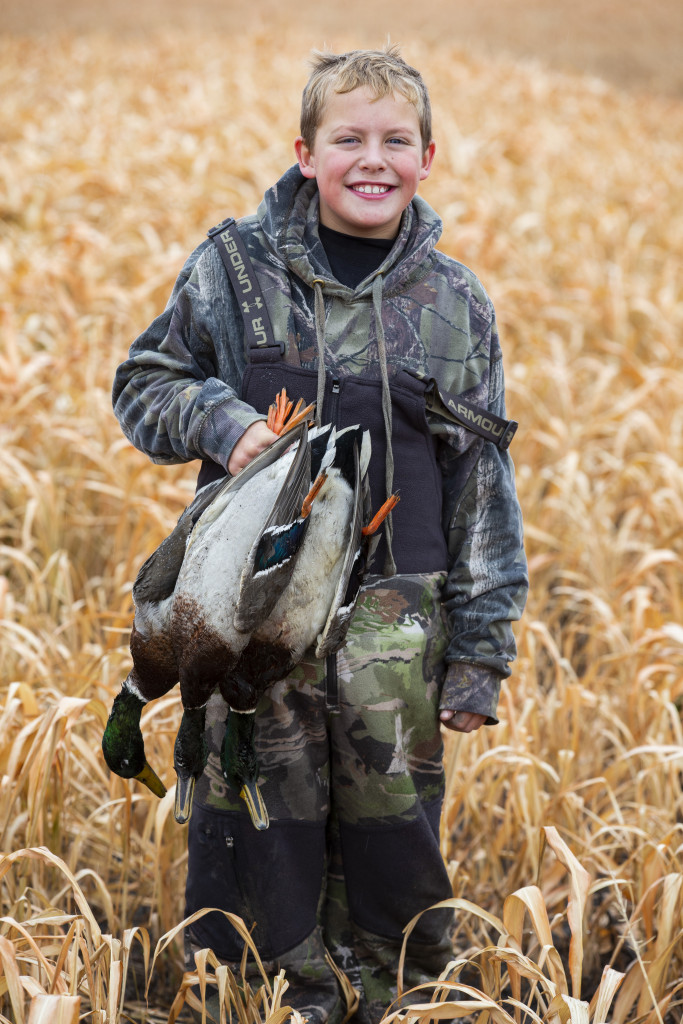
Vrtiska has been to several Wingbees with Stutheit, around 15. He’s not an official wing checker, but he has aged and sexed wings and goose tails. He said the comradery that builds among the individuals present results in a familiarity with each other’s skills in evaluating wings and tails.
“The checker will know because he’s going through everybody’s wings at his table and he or she can determine that person isn’t missing very many of these wings,” Vrtiska said. “There is a little bit of an art – and there is definitely a science to it – but I think the cream rises to the top, and you get to know people who are very good at it. They just don’t miss very many.”
Stutheit hasn’t missed many Wingbees or wings over the years. A very good thing for the waterfowl, whose numbers have remained healthy because of checkers like him. ■
Pilot Duck Program Launches – Simplified Regulations Intend to Draw Hunters
Duck hunters in Nebraska and South Dakota will choose between two daily bag limits for the 2021-22 duck season as part of a five-year pilot project designed to grow the number of waterfowl hunters in the states.
New regulations approved in March created a two-tier system that all duck hunters will select when registering for their Harvest Information Program numbers beginning Aug. 1. Hunters will be bound to the tier they choose for the hunting season.
How Are the Tiers different?
Tier I is the traditional six-duck limit, with hunters able to take no more than five mallards, of which no more than two may be hens; three wood ducks; one scaup; two redheads; one pintail; and two canvasbacks. Possession limit for the season is 18 ducks.
A HIP number is required for Nebraska hunters age 16 and older and for all nonresidents, no matter their age.
As usual, a random selection of hunters will be required to send in a wing from some harvested birds, per federal collection efforts to estimate harvest.
Tier II is a three-duck limit, with no species or sex restrictions. Possession limit for the season is nine ducks.
All hunters wishing to register for Tier II — no matter their age or place of residence — will be required to obtain a HIP number.
These hunters will be given a journal, where they will record information on hunting activity and harvest, and return to Nebraska Game and Parks Commission at the end of the hunting season.
They also will be required to send in a wing from each duck harvested as part of efforts to estimate harvest. Game and Parks will provide the postage-paid envelopes.
What’s the Same?
Both tiers will still require all other state and federal licenses and permits.
Are There Any Caveats?
The new tier regulations will not apply to the early teal duck season in Nebraska. Hunters selecting Tier II may hunt teal but must follow early teal regulations: no more than six teal per day and no nonteal species.
Why the New System?
The goal of the program is to grow the number of waterfowl hunters into the future. Nationally, duck hunter numbers have fallen nearly 44% — or about 464 hunters per year in Nebraska — since 1990.
A recent survey determined duck identification skills were a major factor preventing potential hunters from coming to the sport.
The two-tier regulations are an effort to combat the problem. The test program will run through 2025, when it will be assessed to determine the effect it had on waterfowl hunter numbers or duck populations.
Duck populations will be assessed annually and over time by comparing wings sent in by those hunting in Tier II to harvests by hunters in Tier I.
For more information on the new program, visit OutdoorNebraska.org/DuckTiers.
The post Wing Commander appeared first on Nebraskaland Magazine.











